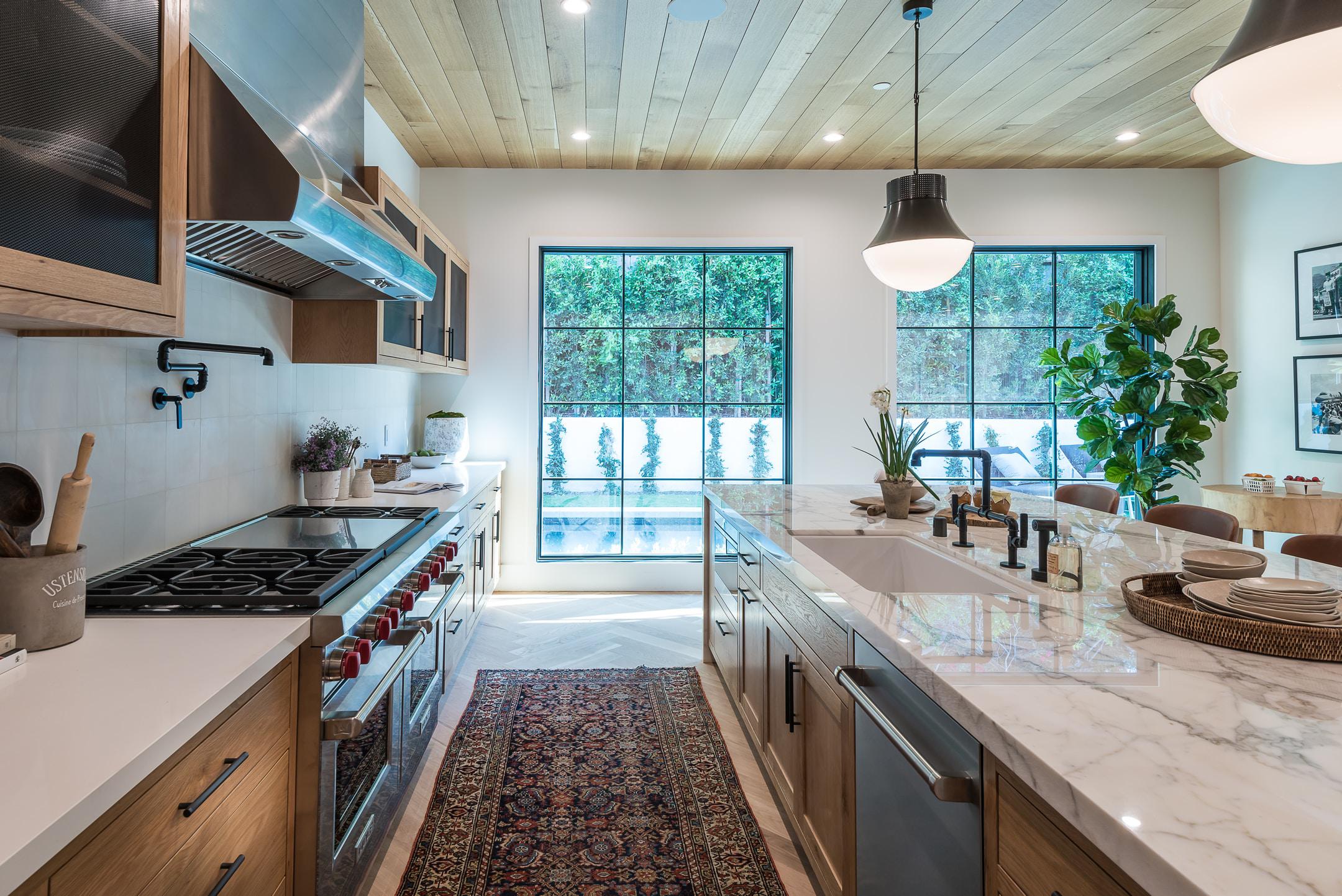
Anytime you’re planning a home remodeling in Philadelphia, you must know what to expect when it comes to creating and executing your plan. At J. Schwartz, LLC Remodeling & Fine Home Building, we’ve outlined many of the steps that are necessary to take to complete a home remodel. Read this guide so you know what to expect.
1. Plan and design
Before starting a home remodel, it’s crucial that you have a plan. This means that you know what you want to be done and how you want it done. You can get started by designing the concept of the remodel or wait until you have a contractor to work with, either way, it’s good to brainstorm the design so it’s much easier to carry out the plan in the end.
2. Make a budget
Every project needs to have a budget. While this will help limit your spending, it also ensures that you’re able to set realistic goals for your remodel that are attainable and targeted. A project without a budget will never get off the ground because you won’t have a starting point.
3. Interview contractors
If you’re not going to do the project yourself, you need to speak with several contractors. This allows you to compare pricing, experience, and quality of work. Keep in mind that you often get what you pay for with contractors but there’s still such a thing as paying too much. Get to know each of them and their work so you know you’re hiring the right person for the job.
4. Get permits
Not every home improvement project requires permits. Some projects are small enough in scope that you can do them without getting local government involved. However, most will require you to get a permit so you can verify that the addition or change is up to code and safe to live in. If you’re not sure, ask your contractor if the project is going to require permits.
5. Demolition
This is often one of the most fun parts of any remodel because it allows you to break all the rules you’ve always had growing up. Although, you will still need to be careful in some aspects of the demolition because items like tiles and molding can often be reused to save on material costs. It’s also important to perform demolition under the direction of a progression because you can risk breaking water lines, cutting into electrical wiring, and puncturing HVAC vents.
6. Install HVAC/electrical/plumbing
While the walls are torn apart and bare, it’s time to address the inner workings of the walls. This means that an electrician can perform any electrical systems updates and rewiring that needs to be done, the plumber can run water lines and pipe through the walls, and the HVAC system can be addressed as necessary. Make sure these are all finished before proceeding to the next step as your work could need to be undone if it’s not.
7. Repair framing and drywall
This is where the framing and drywall can be put up. Building strong and steady walls with efficient drywall and insulation is important to maintaining the integrity of your home. Walls that haven’t been anchored to the rest of the framing of the house can fall over in the event of an earthquake or a night of siblings wrestling.
8. Painting
Before proceeding too much further in your process, it’s important to paint the walls. By painting before you have anything else in place, you’re able to get deep into the corners without getting paint on cabinets and floors. This makes it so you don’t have edges that don’t have paint as you’ve tried to avoid getting it on anything besides the wall.
9. Cabinets
It’s recommended that you have cabinets installed before getting your flooring done so you don’t risk any scratches or scrapes. It also ensures the cabinets are fixed to the framing rather than flooring, which will make any updates in the future much easier.
10. Flooring
Save your flooring for one of the final parts of the remodel so you can ensure that the beauty and integrity of the flooring are maintained through the final stages. This applies to all types of flooring such as tile, wood, laminate, or carpeting.
11. Finish work
The final step is getting the finished work done. These are the final touches with putting up trim and molding with baseboards, around door frames, and even crown molding if you so choose. Once the finish work is complete, your project is ready for a final inspection.
Get in touch to get started
You don’t have to try to do your home remodeling in Philadelphia on your own. Reach out to our team at J. Schwartz, LLC Remodeling & Fine Home Building today to get started on your project. Give us a call or send a message using our contact form to schedule a consultation.